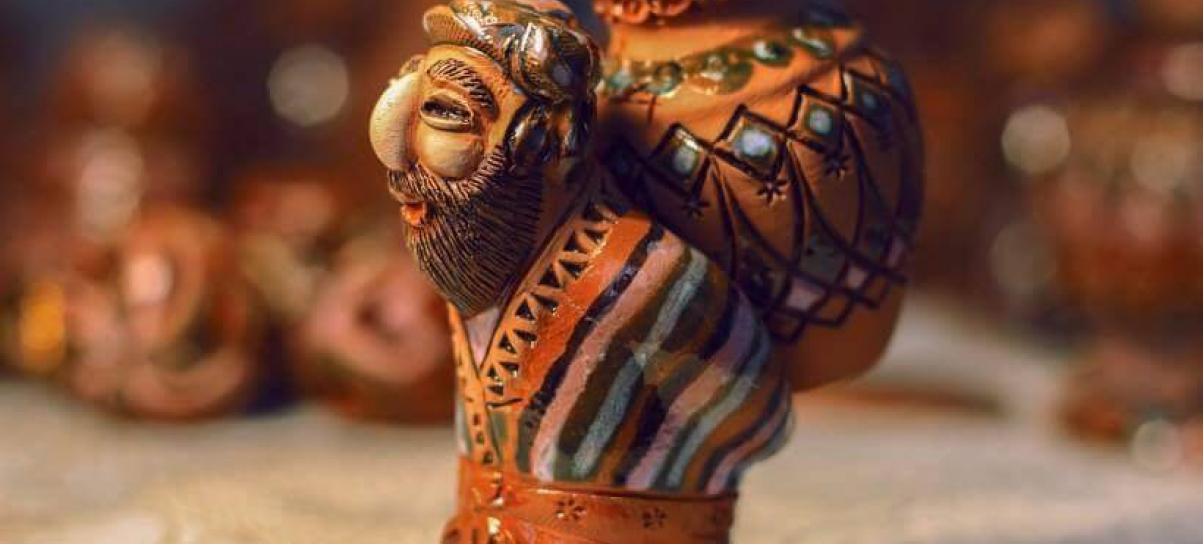Sights of Uzbekistan
Historical and architectural monuments of Tashkent:
Tashkent - is one of the biggest and ancient cities of Central Asia - the capital of the Republic of Uzbekistan. The first information about Tashkent as a city is kept in the ancient chinese chronicles of the II century B.C., In the Chinese sources it’s called Yuni; in the inscriptions of 262 years B.C. of Persian king Shapur I on "Kaabe Zoroastra" the oasis of Tashkent was called Chach. Chach was a crossroad of gold export, precious stones, spices and splendid horses to neighbouring cities and states. Today Tashkent, is translated from uzbek as "Stone City" and is a capital of modern Uzbekistan Republic, keeping the evidence of future, the memory of historical events of Uzbekistan, - one of the biggest industrial center of Central Asia, with the population of over 2,6 million people.
- Madrassah of Kukeldash (14th century).
- Mausoleum of Kaffal-Shashi (15th century).
- Architectural ensemble of Hazrati (Saint) Imom (16th century).
- Madrassah of Abul Kasim (19th century).
- Madrassah of Barak-han (16th century)
- The Mosque of Juma (Friday) (19th century).
- The museum of Amir Temur - masterpiece of modern architecture
- The Square of Amir Temur
- The Square of Freedom
- The Square of Friendship of Nations
- The Monument of Courage
- The Square of Hasti Imom
- The Mosque of Tilla Sheyh
- The Square of Hadra
- Mausoleum of Sufi Ota
Historical and architectural monuments of Samarkand:
The history of Samarkand counts 2700 years and it's architectural monuments dating back to the Golden Age of Timurids dynasty are as important as architectural masterpieces of ancient Egypt, Chine, India, Greece and Rome.
- The ancient settlement of Afrosiyab (8th century B.C.)
- The Observatory of Ulugbek (1428-1429)
- Architectural ensemble of Shohi Zinda
- The Mosque of Hazrati Hizr (middle of 19th century)
- The Mosque of Bibi - Hanum (1399-1404)
- Madrassah of Ulugbek (1417-1420)
- Madrassah of Sher -Dor (1619-1635/36)
- Madrassah of Tillya - Kori (1647-1659/60)
- Bazaar of Chorsu (end of 18th century)
- Mausoleum of Ruhabad (1380th )
- Mausoleum of Ak - Saray (1470)
- Mausoleum of Guri - Emir (1404)
- The Mosque of Namozgoh (17th century)
- Mausoleum of Ishrat Xona (1464)
- Ensemble of Hoja Ahror (15-20 century)
- Mausoleum of Chupan Ota (1430-1440)
- The Cemetery of Hoja Abdu Darun (15th -19th ctntury)
Historical and architectural monuments of Bukhara:
In Sanskrit the word Bukhara means "monastery" and it has always been a big commercial center on the Great Silk Road. Bukhara -"The Museum City", offers more than 140 architectural monuments of the Middle Ages. Such ensembles as Poi - Kalan, Kosh Madrasa, Mausoleum of Ismail Samoni, Kalon Minaret and others are attracting the great attention of tourists from all around the world. The famous historians and poets like Narshakhi, Rudaki, Dakiki and others have played the important role in the history of Bukhara.
- The Ark (11th -20th century)
- Ensemble of Bolo - Hauz (beginning of 18th -19th centuries)
- Mausoleum of Ismail Samani (9th -10th century)
- Chashmai - Ayub Mausoleum (1380 or 1384/85)
- Madrassah of Abdulla -Khan (1596/98)
- Madrassah of Madari - Khan (1556/57)
- Mosque Baland (16th century)
- Ensemble Gaukushon (the mosque, minaret, madrassah (16th century))
- Khonakoh of Zaynutdin Hodji (1555)
- Ensemble of Poi - Kalon (12th - 14th century)
- Ensemble of Labi -Hauz (16th -17th century)
- Madrassah of Kukeldash (1568/69)
- Khanaka of Nodir Divanbegi (1620)
- Madrassah of Ulugbek (1417)
- Madrassah of Abdulaziz Han (1652)
- Mausoleum of Sayfiddin Bokharziy (the second half of 13th -14th century)
- Mausoleum of Bayan Kuli Khan (the second half of 14th -15th or 16th centuries)
- The Mosque Namazgoh (12th -16th centuries)
- Khanako of Fayzabad (1598/99)
- Chor-Minor Madrasah (1807)
- The Summer Palace of the last Emir of Bukhara - "Sitorai Mohi Hossa" (end of 19th the beginning of 20th century)
- Chor-Bakr - the necropolis of Juybari Shaykhs (1560/63)
Historical and architectural monuments of Khiva:
Mystical city of Khiva has preserved its exotic shape of eastern city from tales in the ancient part of Ichan-Kala, where one can find numerous architectural monuments of days gone.
- Ichan-Kala
- The Mosque and Madrassah of Said-bay (end of 18th -beginning of 19th centuries)
- Madrassah of Allakulihan (1834/35)
- Madrassah of Kutlug-Murad-Inak (1804/12)
- Bridge and Caravansary of Allakulihan (19th century)
- Madrassah of Abdulla Han (1865)
- The Mosque and Palace of Anush Han (1657)
- Tosh-Havli Palace of Allakulihan (1830/36)
- Ok machit (the white mosque ) (1832/42)
- The Mosque and Minaret of Juma (1788/89)
- Mausoleum of Said Alauddin (14th century)
- Madrassah of Muhammad Amin Khan (1851/52)
- Minaret of Kalta Minor (1855)
- Kun’ya-Ark (1868/88)
- Minaret of Tura-Murat (1888)
- Madrassah of Muhammad Amin Khan (1871)
- Madrassah of Shirgazi Khan (1718/20)
- The Mosque of Bogbonli (19th century)
- Madrassah of Arabkhan (1838)
We recommend to see more:
Follow us on
Sign up for our newsletters
Find our latest discounted tours, updated itineraries and latest news about the region



